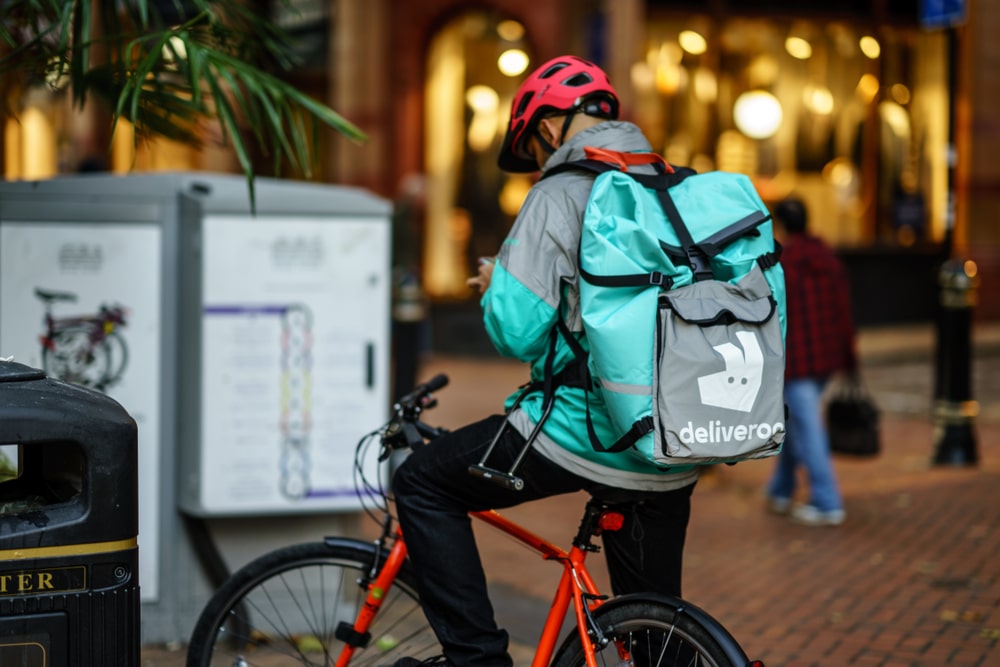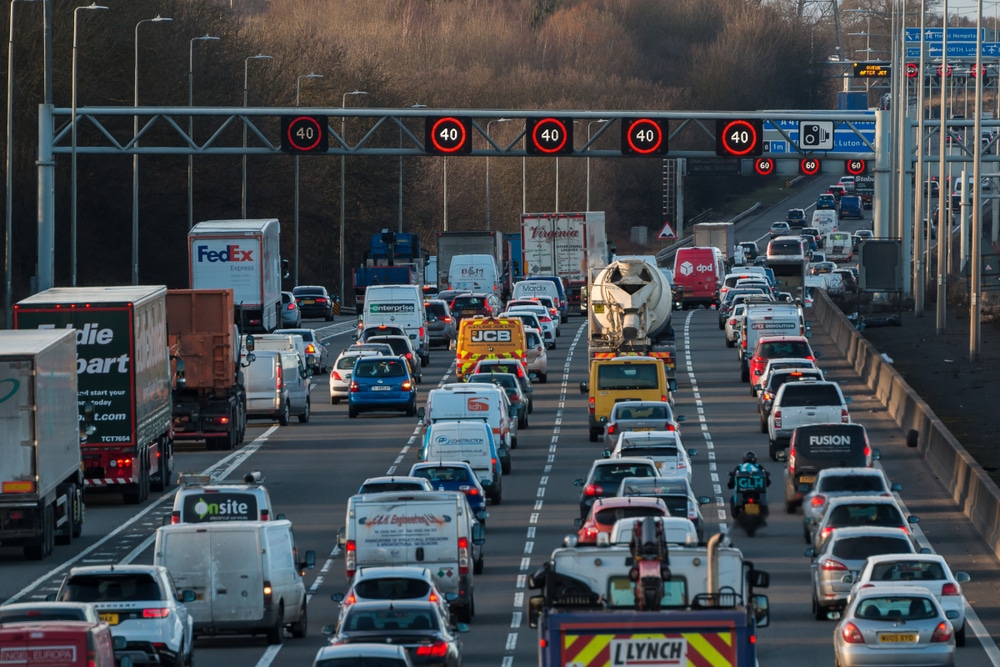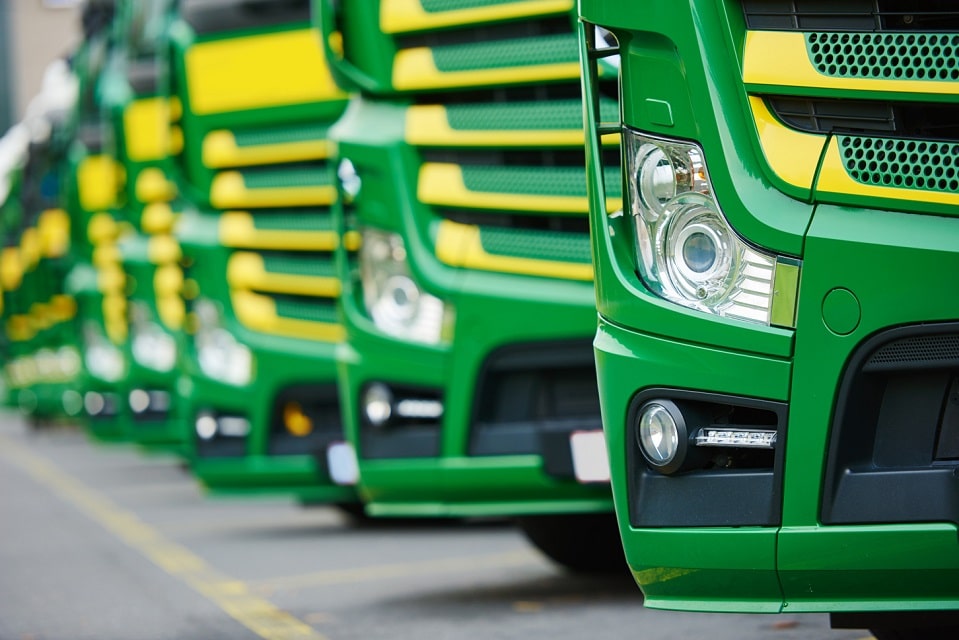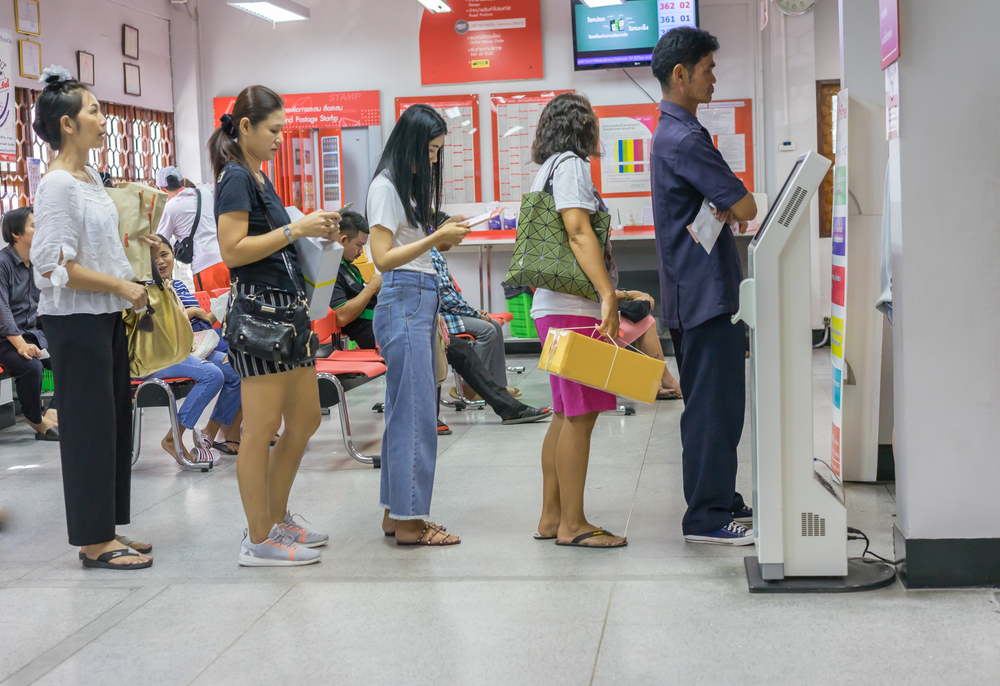Insight / Blog
Which way, Deliveroo?

UK-based food delivery company Deliveroo has had a tumultuous time in recent weeks thanks to the lockdown. The CMA recently called off its investigation into Amazon’s bid for 16% of the business, after Deliveroo made representations to them to the effect that they would go under without the cash injection.
Despite the provisional approval of the £400 million boost, the 2500-employee food delivery app announced it planned to cut 367 staff and furlough 50 more, blaming a significant slowdown in restaurant order volumes as major chains such as Burger King, Wagamamas and others shuttered operations during lockdown.
Grocery not picking up the slack
During that time, Deliveroo has been looking to the under-pressure grocery delivery market, striking deals with independent grocers as well as those supermarkets who’ve been caught behind the curve on online grocery delivery like Morrisons, M&S and the Co-op. In theory, this is a great match of underused delivery capacity to a sector where demand is massively outstripping grocers’ ability to serve it. In practice, it seems the order volumes have not yet been high enough to offset the drop in takeaway demand.
In fairness to Deliveroo, none of the grocers involved are seriously advertising the Deliveroo option on their site, meaning customers would have to already be aware that they could order groceries on the platform to use it. This may simply take time, but given Deliveroo’s brand positioning as a takeaway service, it could be a challenge.
Can Deliveroo use spare capacity to help ecommerce?
Rival Uber announced its “Direct” and “Connect” delivery services (Direct is your regular B2C delivery, Connect is a C2C package sending service) last month. Uber has previous in this space, with 2014 seeing the launch of “Uber Rush”, which was shuttered in 2018. What’s different now is that Uber’s core business is looking down the barrel of long-term lockdowns worldwide, making it much more crucial to maximise other revenue opportunities.
If their competitors are trying it, and with carrier and postal businesses swamped with parcels from massive online demand, is there space in the market for Deliveroo’s fleet of mopeds, scooters and push-bikes to offer urban parcel delivery?
But £10 T-shirts are very different from £10 pizzas. And the biggest obstacle here in our view is infrastructure, and lots of it – and capital investment is not something the ‘asset-light’ business models of Deliveroo or Uber like. However, a partnership with an existing carrier needing to augment urban delivery capacity could be an option. Of course, factoring in the necessary tech alignments, the fact that some major restaurant chains are re-opening for delivery and an already intensely competitive logistics market in the UK, Deliveroo might see a clearer path to stability by focusing on grocery and takeaway.
Topics:
Related articles
Convenient and sustainable: developing an out-of-home delivery strategy
Sustainability has become a key decision factor for retailers - here's how carriers can stay ahead with an out-of-home delivery strategy that’s both sustainable and convenient for consumers
5 Changes We Predict in eCommerce Delivery & Returns in 2024
Our predictions for 2024 in ecommerce delivery and returns, plus a roundup of our 2023 predictions.
4 ways that C2C commerce is transforming the last mile
As consumers adopt recommerce, out-of-home networks are having to adapt to increased demand.












